3.1 Read About Social Responsibility
3.1A Introducing Social Responsibility
3.1B Introducing Non-Fiction
This unit is build around non-fiction text (articles, videos, infographics) that help to answer the question: How can we contribute to community and care for the environment?
What features make nonfiction different from fiction?
Non-fiction texts often have a lot going on on each page. Good readers can use the features to zoom-in on certain features to find needed information: photos, bold headings, labels and captions, some bolded text. These are nonfiction text features and most nonfiction books include some of them.
Let’s look at a content page. Notice the way the page is laid out. It’s different than a fiction book. This page is from the book, How Engineers Find Solutions.
What is different about this page compared to most novels and fiction books you have read? How many differences can you notice?
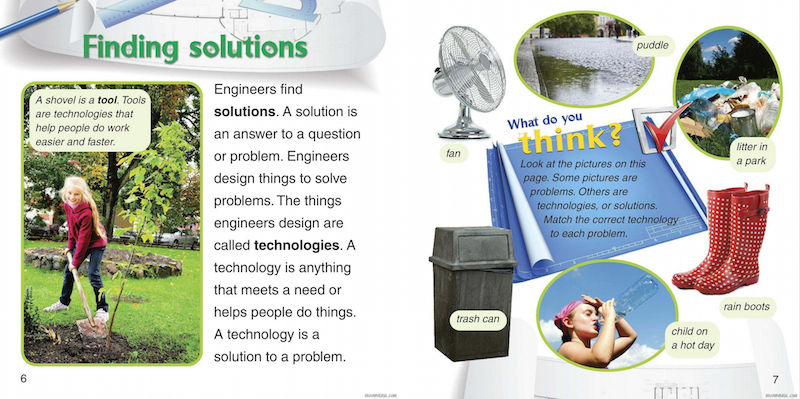
(Source: Johnson, Robin. How Engineers Find Solutions. Catharines, ON: Crabtree Publishing Company, 2014.)
Did you notice all of these differences?
-
-
- different kinds of printing on the page
- different sizes of printing on the page
- photographs have captions that explain what is being shown
-
Here is another example of a non-fiction text page. Some of the features are labelled:
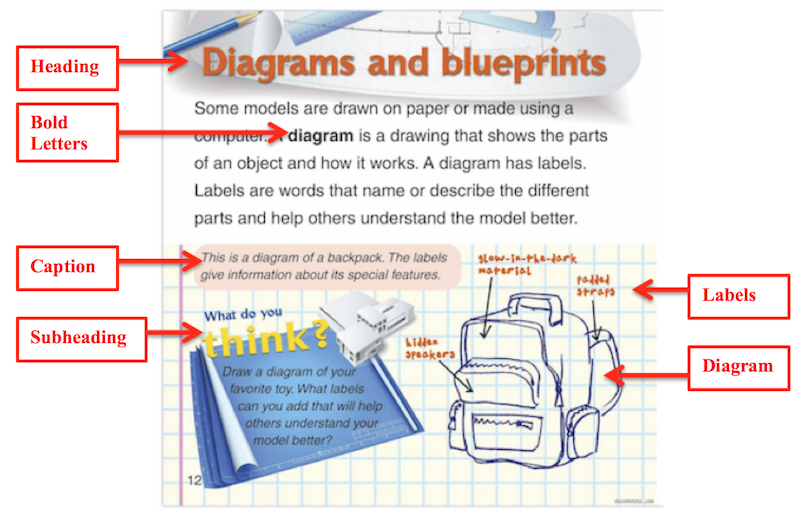
An author may choose graphic aids. How are graphic aids used?
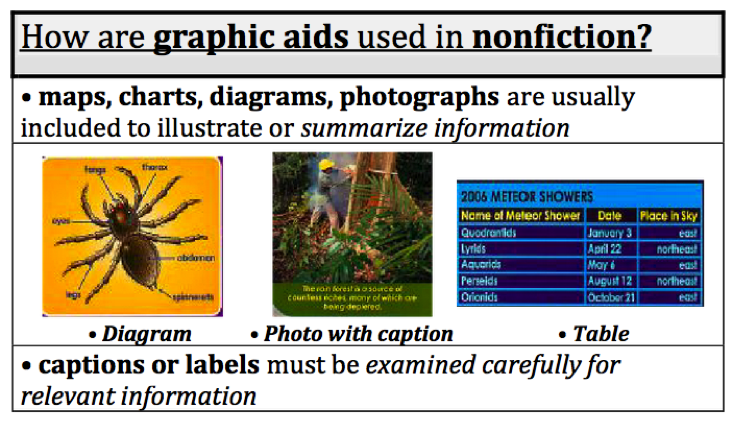
Learn more:
Why do you think nonfiction books have these special features but most fiction books do not?
A Venn Diagram can be used to compare and contrast to things or ideas. Here is a Venn diagram comparing fish and whales.
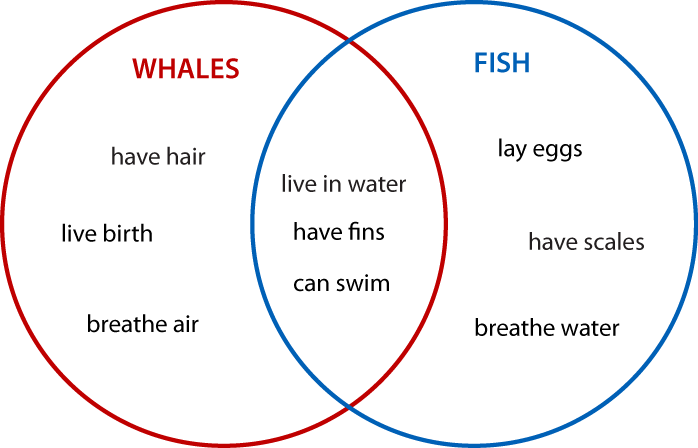
Notice that where the circles overlap, there are qualities that are the SAME. Where the circles are not overlapping, there are qualities that are DIFFERENT and belong to only fish or only whales.
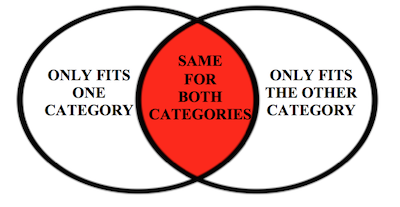
 |
In your Learning Guide, compare (things that are the same) and contrast (things that are different) fiction and nonfiction. What nonfiction features were pointed out in today’s lesson? What is different about fiction? What do they have in common? |